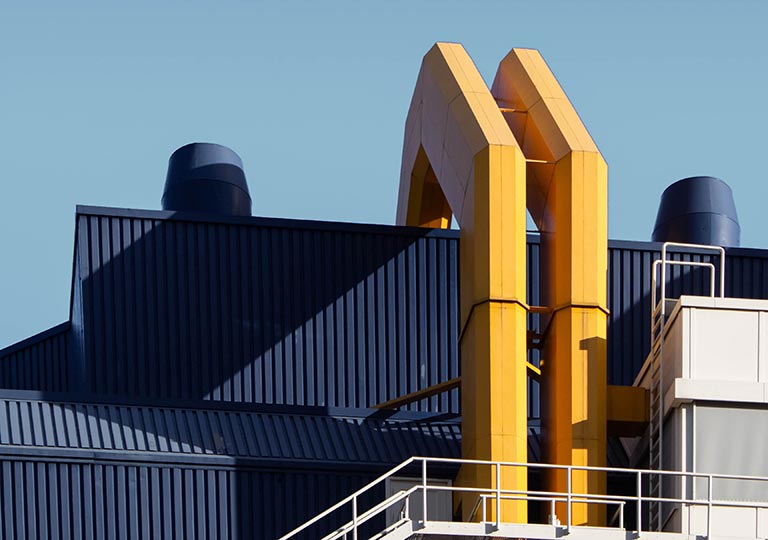What Is Forging?
Forging stands as a pivotal manufacturing process wherein metals undergo transformation through the application of force, whether by hammering, pressing, or rolling. This meticulous craft is executed utilizing tools such as hammers, presses, or dies, each imparting distinct characteristics onto the metal. At its core, forging entails the manipulation of heated metal to craft bespoke shapes tailored for specific functionalities or applications. Through this meticulous manipulation, the material’s intrinsic properties are enhanced, elevating its structural integrity, conductivity, and overall lifespan.
Embraced across diverse industries, forging emerges as a cornerstone technique, offering a reliable and economically viable means of achieving precise mechanical properties. A fundamental aspect of forging lies in its classification based on operational temperatures, including cold, warm, and hot forging methodologies. Such categorization ensures the optimization of processes to meet exacting industry standards and application requirements, cementing forging’s indispensable role in modern industrial endeavors.
History of Forging
The art of metal forging stands as one of humanity’s oldest crafts, dating back to approximately 4000 BC, when pure metals like gold and silver were meticulously shaped into jewelry and weaponry. The direct linkage of smelting and forging iron with hammer and anvil emerged prominently in the 13th and 14th centuries. Significant advancements occurred in the 15th century, marked by the establishment of hammer mills along rivers to capitalize on water power.
A pivotal moment in forging arrived in 1850, with the introduction of the UK’s inaugural steam hammer by Somers Forge, formerly known as Lye Forge. The 19th century witnessed the transformative impact of the steam engine, revolutionizing forge engineering and enabling the creation of powerful steam and air hammers. This technological leap eliminated the constraints imposed by human power, thus facilitating the production of larger forged items.
From its humble origins of blacksmiths fashioning horseshoes on anvils, forging has undergone a profound evolution. Modern advancements, ranging from computerization to robotics, have propelled the forging process into a realm of heightened sophistication. Consequently, forged components today boast enhanced durability, efficiency, and speed, offering a superior engineering solution.
Contemporary industrial forging enterprises boast the capability to fabricate forged parts across diverse materials, shapes, sizes, and finishes. At Somers Forge, we proudly trace our lineage back to 1697, standing as the tenth oldest family-run business in the United Kingdom. Situated in Halesowen amidst the industrial heartland of the Black Country, our forge’s rich history is punctuated by transformative events that have propelled us to the forefront of global forging excellence.
Forging Varieties And Conditions
Forging, the art of shaping steel, yields diverse metal components highly sought after in various industries. Each forging type offers unique advantages.
Open Die Forging involves a stationary flat die struck by a hammer, allowing the metal freedom of movement. Skilled operators shape the material, yielding superior microstructure and fatigue resistance. However, achieving the desired finish often requires additional machining.
Closed Die Forging, or impression die forging, shapes hot metal between two dies, minimizing the need for subsequent machining due to precise shaping. Yet, setup costs are high as custom dies are necessary.
Roll Ring Forging compresses flat bars between rotating cylinder rolls, reducing thickness and enlarging diameter.
Forging Conditions vary from black (unmachined) to finished products. Black forgings undergo heat treatment without machining. Rough machined forgings, or proof machined, remove black scale, preparing them for further machining processes.
Semi-Machined Forging:
In this stage, preliminary shaping is undertaken, leaving final intricate detailing for subsequent operations. Tasks such as threading, honing, polishing, planning, milling, and reaming are executed to obtain semi-finished products. This approach not only optimizes time for the customer but also enhances their production capacity.
Finished Machined Forging:
At this juncture, precise dimensions and surface finishes are attained. Subsequently, the finished machined forging proceeds either for requisite testing or direct installation, as per requirements.





